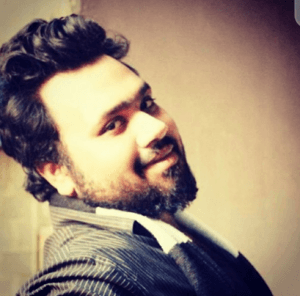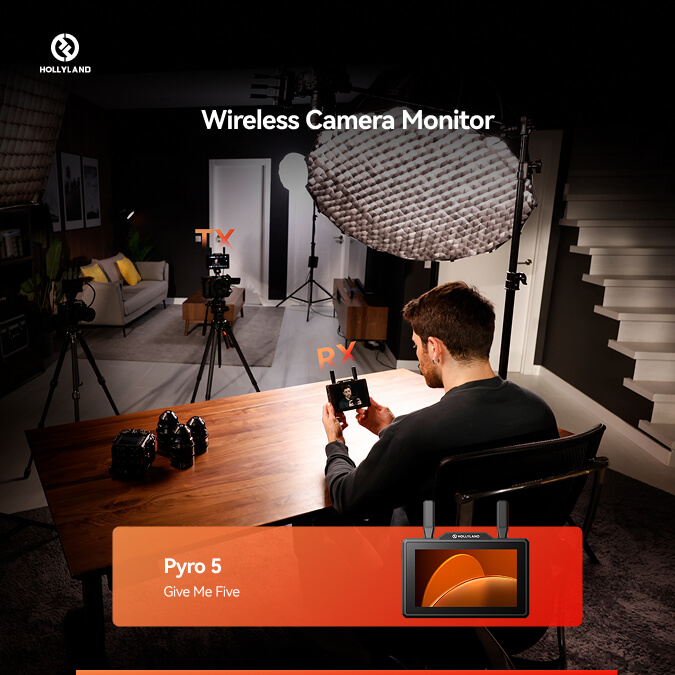Every camera has its off days, and your Canon PowerShot is no exception. The Canon PowerShot is small, dependable, and easy to use until it suddenly stops working. The good news is that most of the time, a quick restart will get things back on track.
In this article, you’ll learn four easy ways to restart your Canon PowerShot, starting with the basic power cycle and progressing to more involved fixes if necessary. If you’re new to cameras or have been shooting for years, following these steps will help you quickly get back behind the lens.
Why Restart Your Canon Camera?
Even the most dependable gadgets may occasionally encounter minor issues, particularly after extended use, frequent configuration changes, or writing sizable video files to the memory card.
These are common indicators that your PowerShot might need a reboot:
- The LCD screen becomes frozen or goes black
- Buttons start malfunctioning or responding slowly
- Autofocus seems unusually sluggish
- The menu navigation is slow
- It won’t shut off on its own
These are typically minor software glitches rather than hardware malfunctions. Such minor issues may be resolved with just a restart and without the risk of wiping out your saved settings or photos.
Method 1: Standard Restart (Using the Power Button)
You may resolve several camera issues with the Canon PowerShot by turning it off and on, just like you would a cell phone.
Here’s how:
- Press and hold the Power button until the camera shuts off. (Depending on your model, this button is usually on the top or back.)

- Give it five to ten seconds so the camera can shut down completely.
- To restart it, press the Power button once more.
In the event that everything goes smoothly, there was most likely a little glitch. You’re ready to go.
Tip: If your battery is almost drained, it might cause odd behavior. Try charging it before restarting again.
Method 2: Force Restart by Removing the Battery
When your Canon PowerShot starts acting out, don’t overthink it; sometimes all it needs is a quick off-and-on, just like you’d do with your phone.
Steps:
- Press and hold the power button to turn off your camera; it is usually on the top or back, depending on your camera model.

- Give it a few seconds to shut down completely (around five to ten seconds is enough).
- Leave it off for another fifteen to thirty seconds before switching it back on. This helps clear out any lingering charge and gives the camera a clean reboot.
- Reinsert the battery (make sure it’s charged!) and the memory card.

- Power the camera back on.
This is like unplugging a frozen computer. It cuts all power to the internal circuits and forces a fresh start.
Reminder: Don’t rush the process. That short pause helps clear minor memory errors that can cause freezing.
Method 3: Soft Reset Through Menu (For Responsive Cameras)
If your PowerShot is still turning on but continues to misbehave, maybe settings won’t save, menus lag, or the autofocus is erratic, a full settings reset could help.
How to do it:
- Start by turning on your camera.
- Press the Menu button to bring up the settings.

- Navigate through the tabs until you find one labeled Settings, Setup, or Tools, these are often marked with a wrench or gear icon.

- Scroll down and select “Reset all” or “Reset settings.”

- When the confirmation prompt appears, go ahead and approve the reset.

This resets all camera preferences, image size, shooting mode, Wi-Fi, etc., back to factory defaults. Your photos and videos won’t be deleted, but any personal customizations will be wiped.
Tip: Make a note of any date/time preferences or Wi-Fi settings you have set up first.
Method 4: Button Combo Reset (If the Menu Won’t Load)
Some Canon PowerShot models allow a manual reset using button combinations if the screen is black or unresponsive and you can’t access the menu.
Here’s a general approach that works for some models:
- Turn off the camera.
- Hold the Menu and Power buttons together for about 10–15 seconds.

- Release both buttons once the screen flashes or you hear a beep.
- Use the OK or Set button to confirm the reset.
Not all PowerShot cameras support this method, so check your manual or model-specific support page if this doesn’t work.
What Not to Do
Restarting is pretty safe, but here are a few things to avoid:
- Don’t yank the battery out aggressively. To prevent damage, always open the container gently.
- Avoid pressing multiple buttons randomly. This won’t “force” a fix and may confuse the internal software.
- Don’t reset your camera without backing up preferences. You might lose date/time settings, Wi-Fi connections, and custom shooting profiles.
Still Having Trouble? Contact Canon Support
If your PowerShot continues to glitch or freeze after trying all of the above, it may need a deeper fix. Reach out to Canon support for your specific model:
- Contact the Canon USA Support
- Download your camera’s manual for reset instructions
- Use Canon’s live chat or phone line for troubleshooting help
Conclusion
Restarting your Canon PowerShot is easier than it sounds, and in most cases, it only takes a minute or two to fix the issue. Start with a quick power cycle and see if that does the trick.
If that doesn’t do the trick, try removing the battery or using the reset option in the menu. Still stuck? The support team at Canon is always there to assist.
FAQs
Q: Will restarting my Canon PowerShot delete my photos or videos?
A: No. Restarting or even resetting your settings will not delete media stored on your memory card.
Q: My screen is black, and none of the buttons respond. What should I do?
A: In case a normal restart doesn’t work, try the battery pull (Method 2) or the button combination reset (Method 4). If that doesn’t work, it’s best to contact Canon Support.
Q: How often should I restart my Canon camera?
A: You only need to restart the device if the camera is frozen, lagging, or has slow-responding buttons. If not, you’re completely fine.
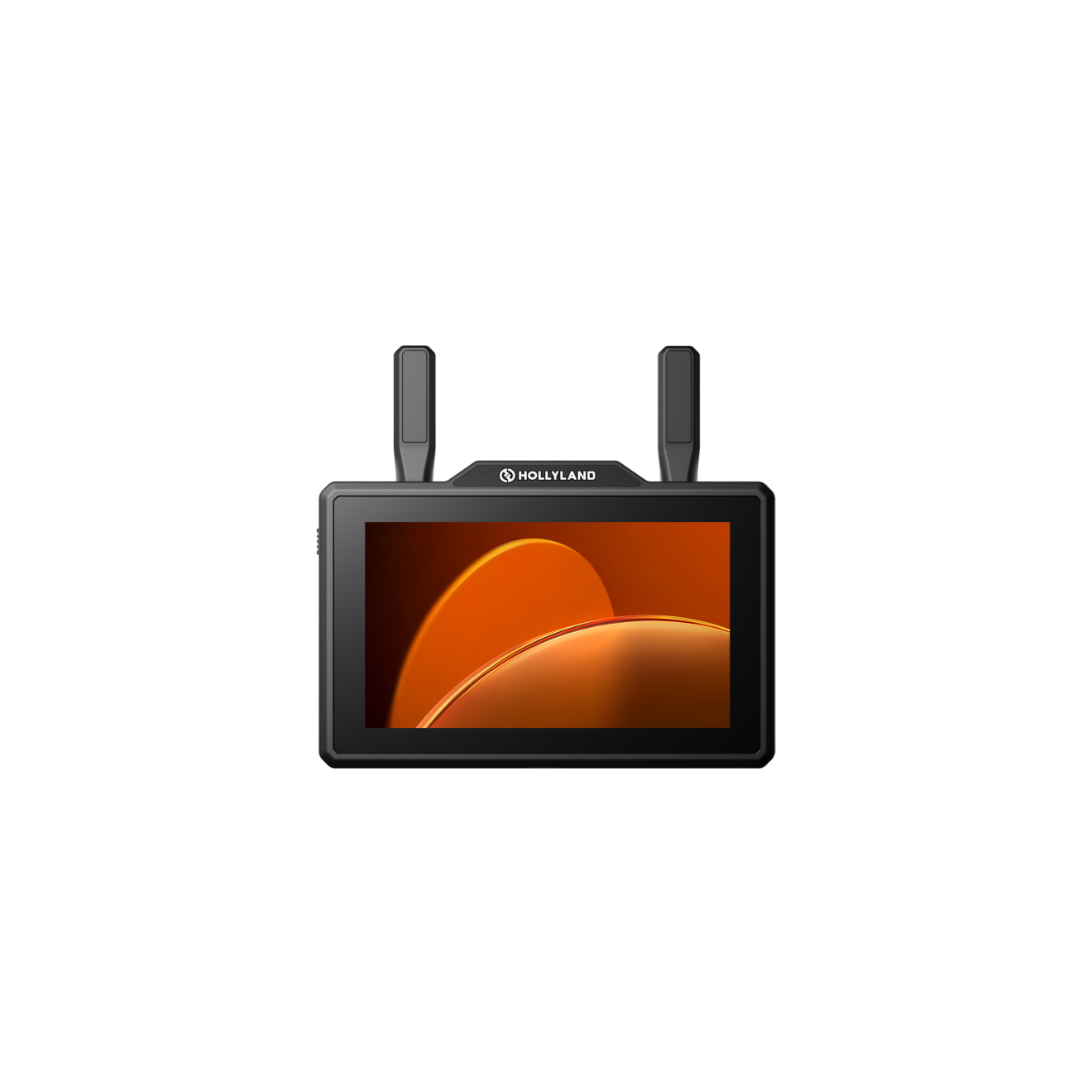
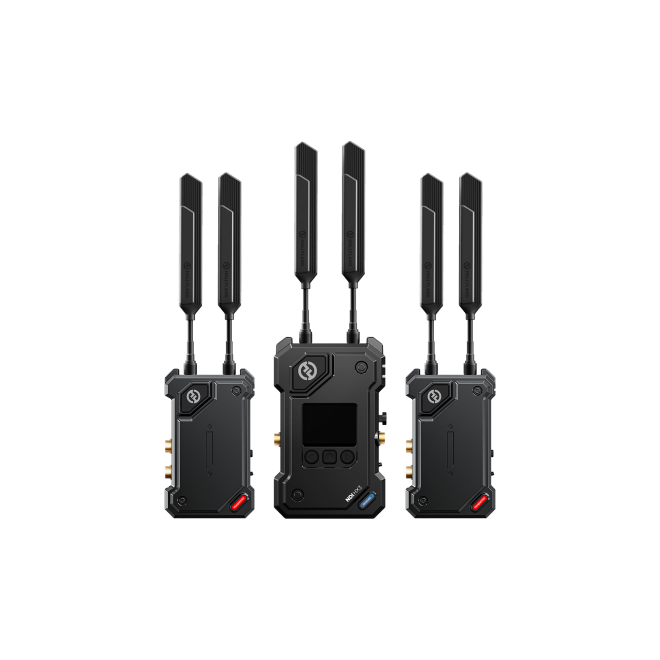
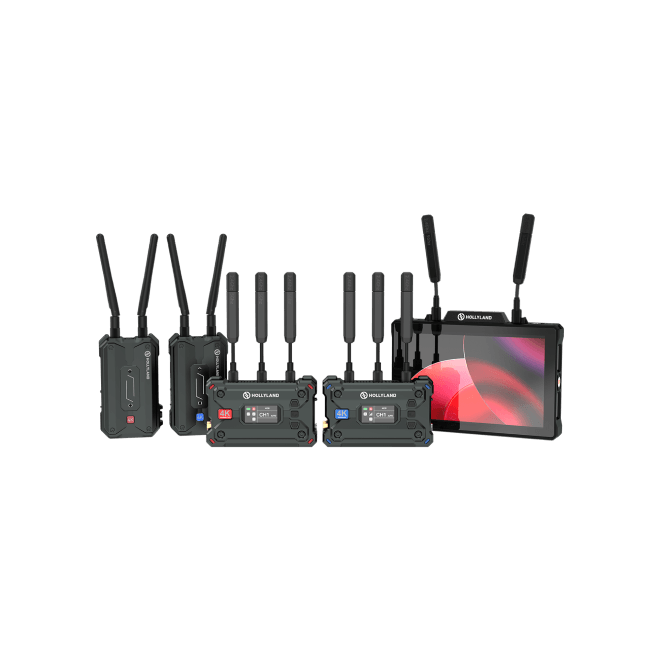
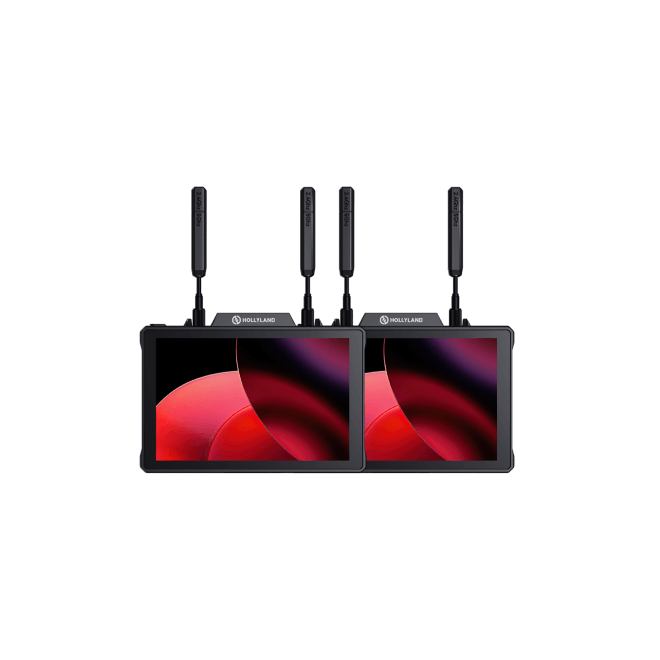
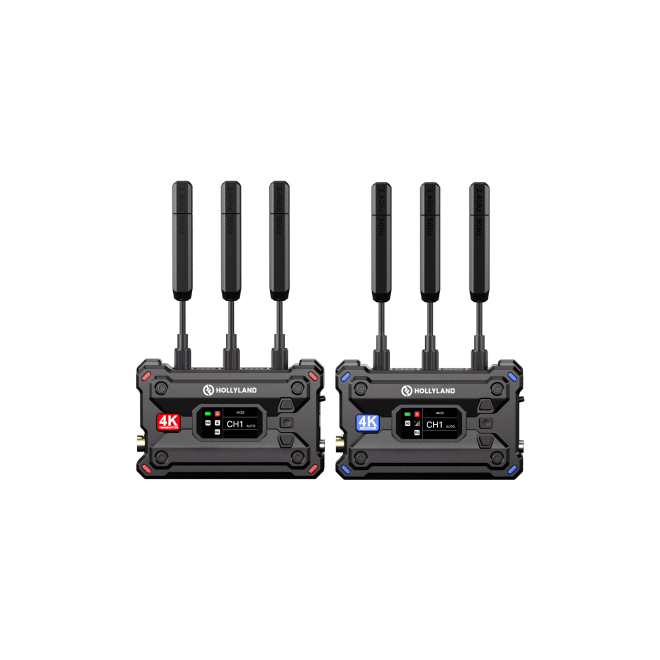
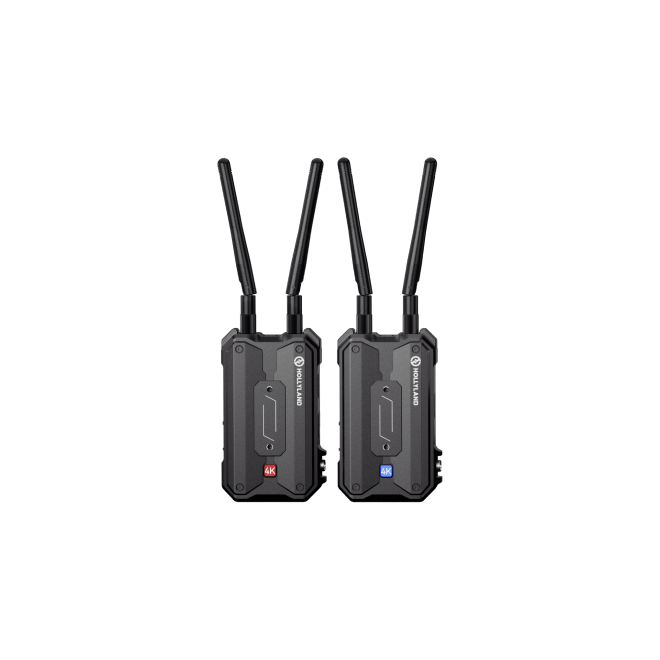
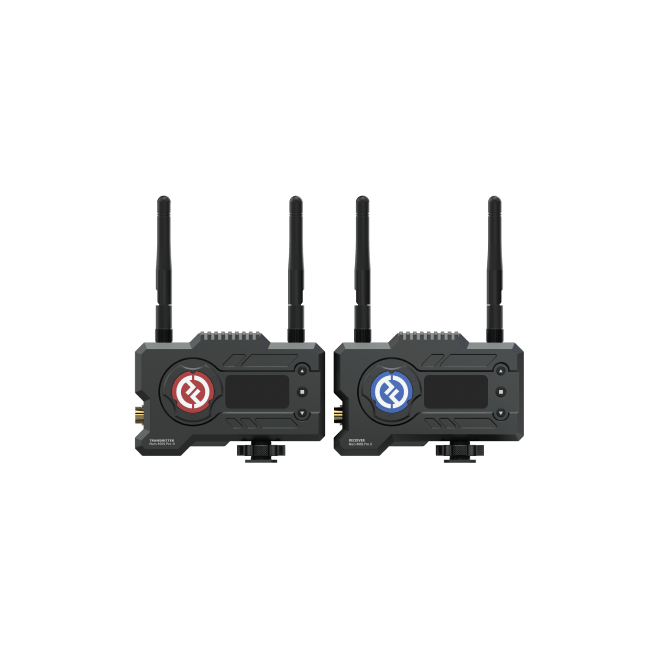
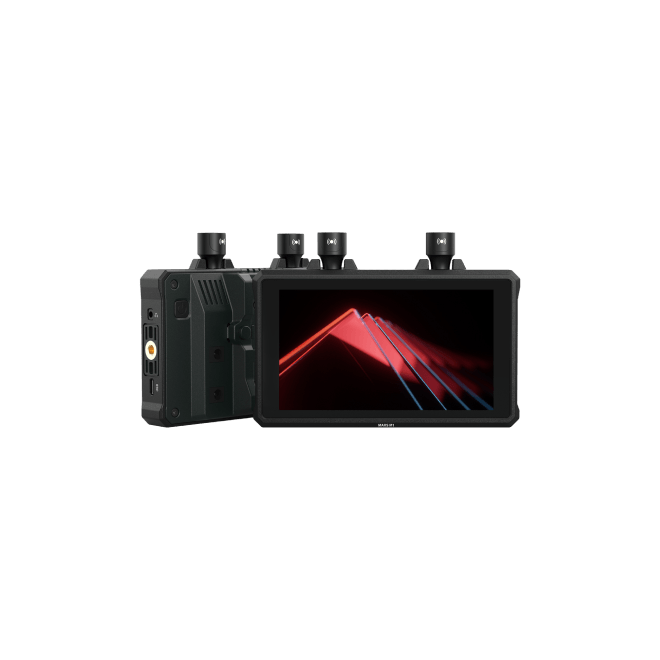
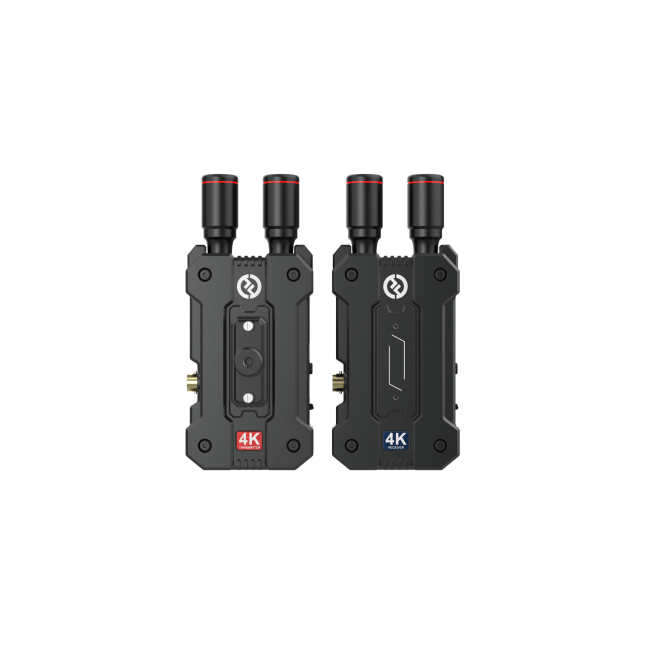
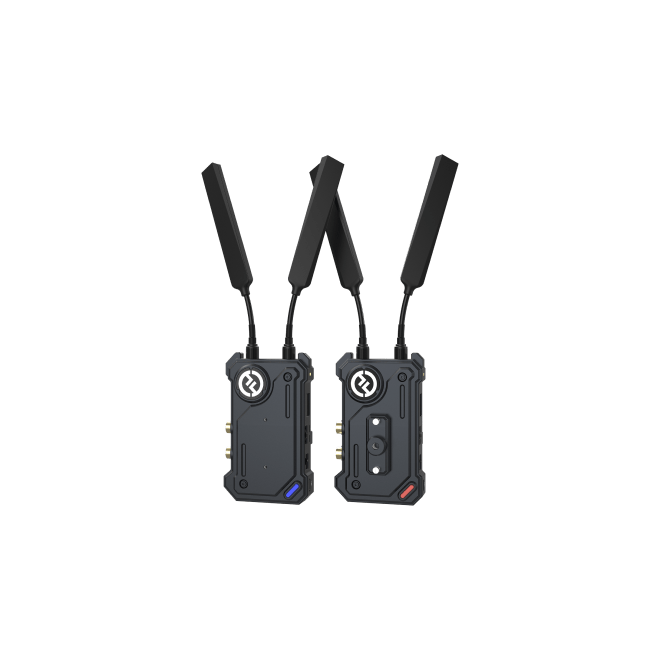
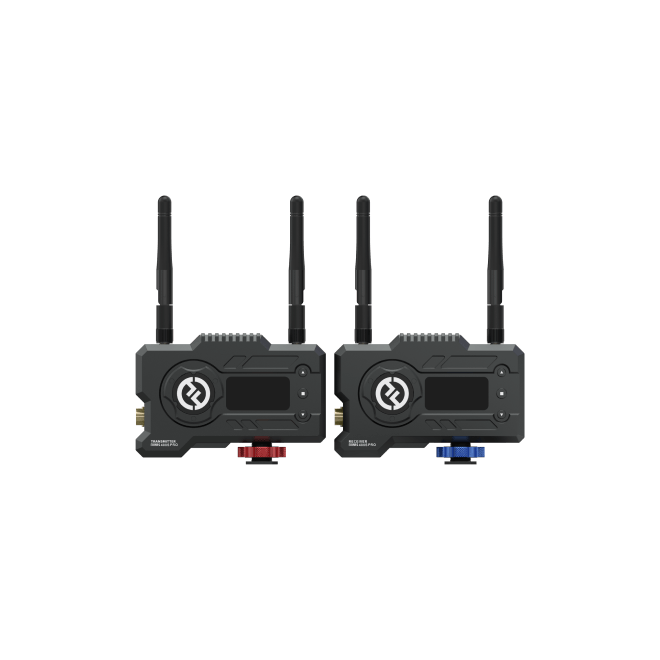
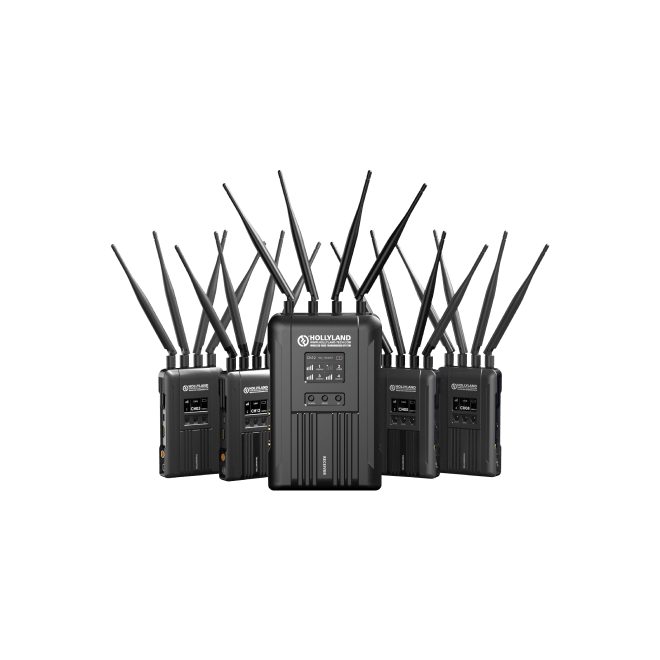
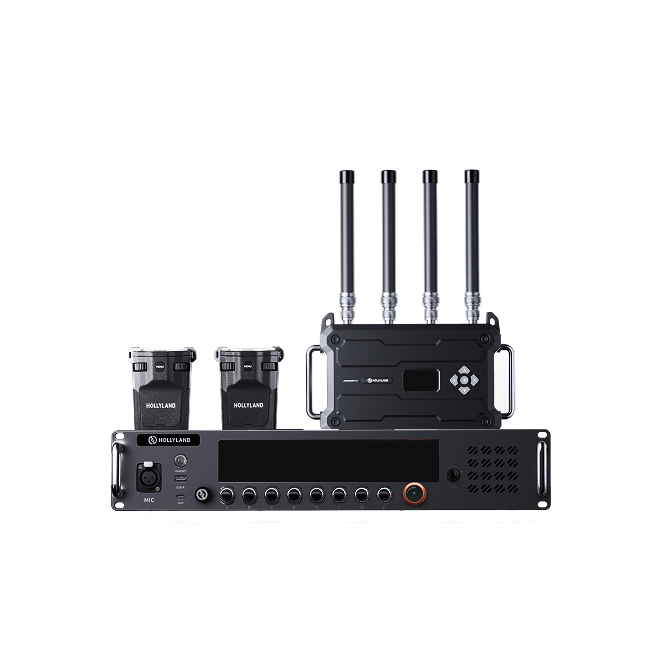

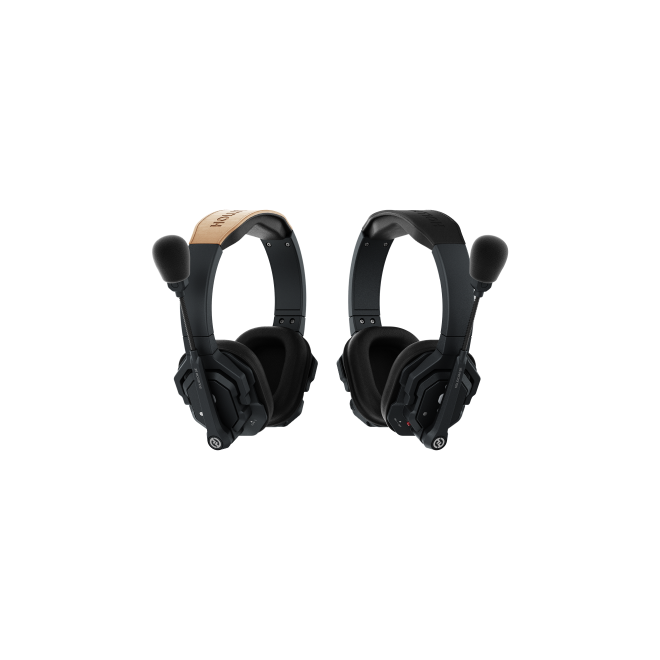

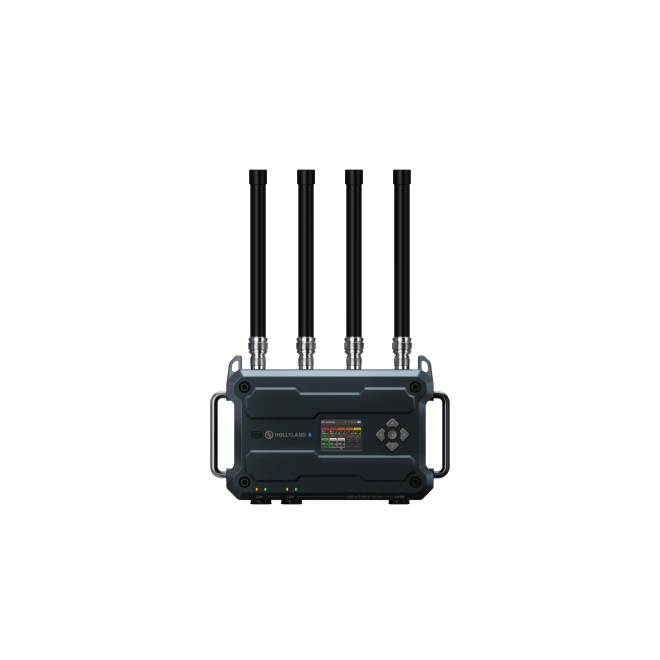
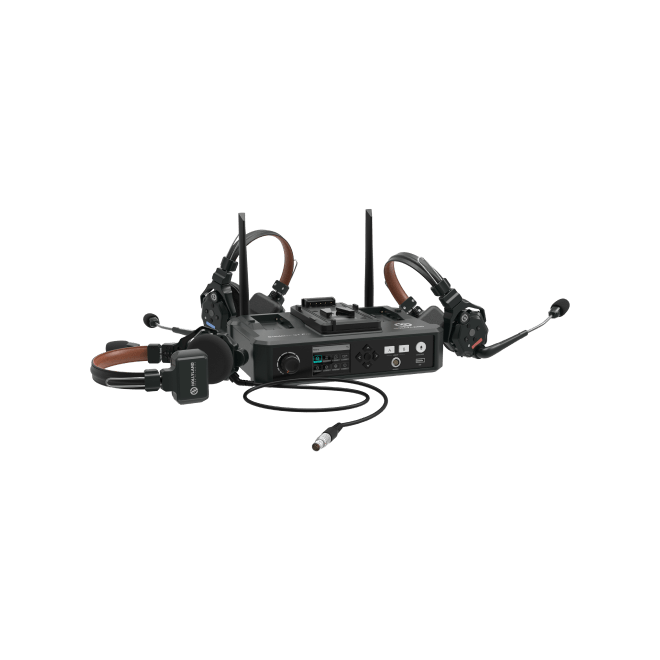
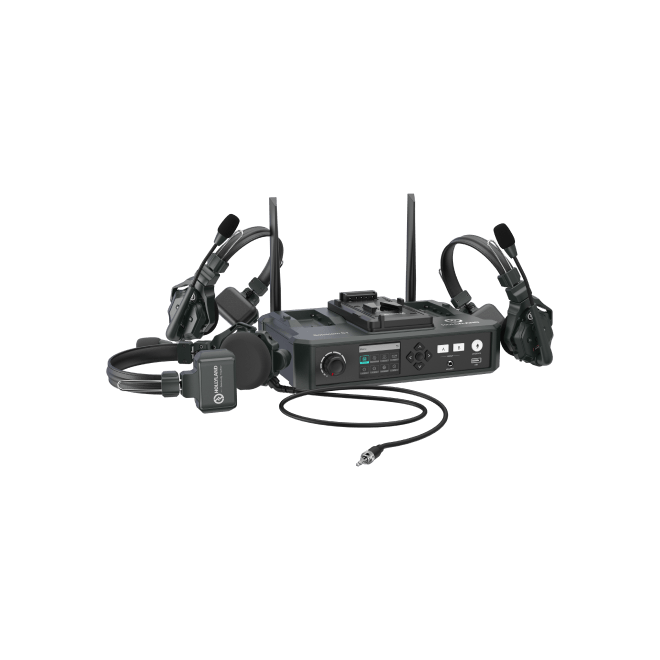
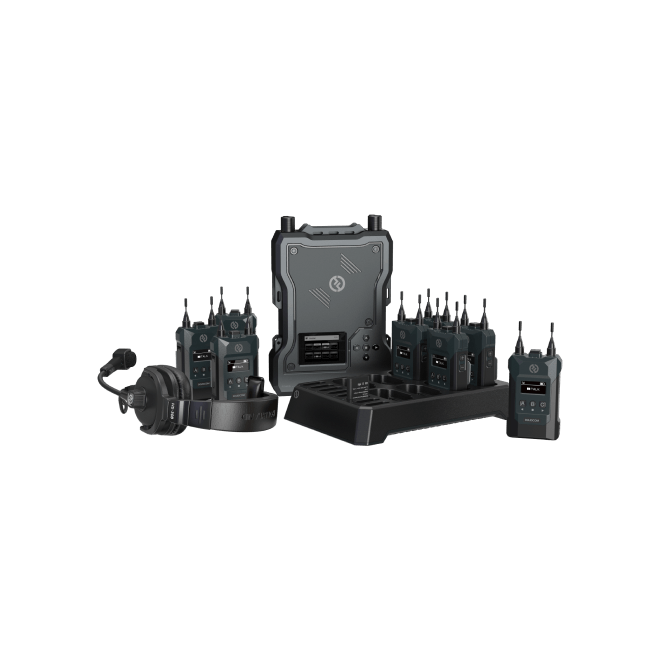
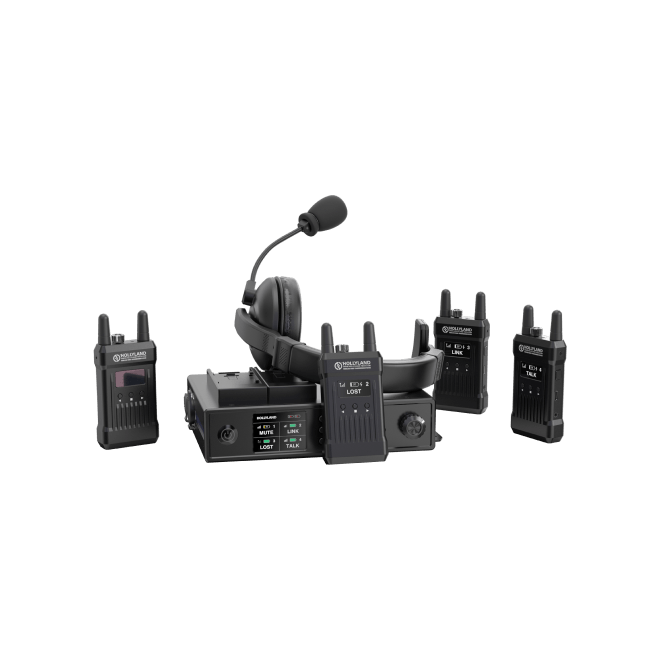
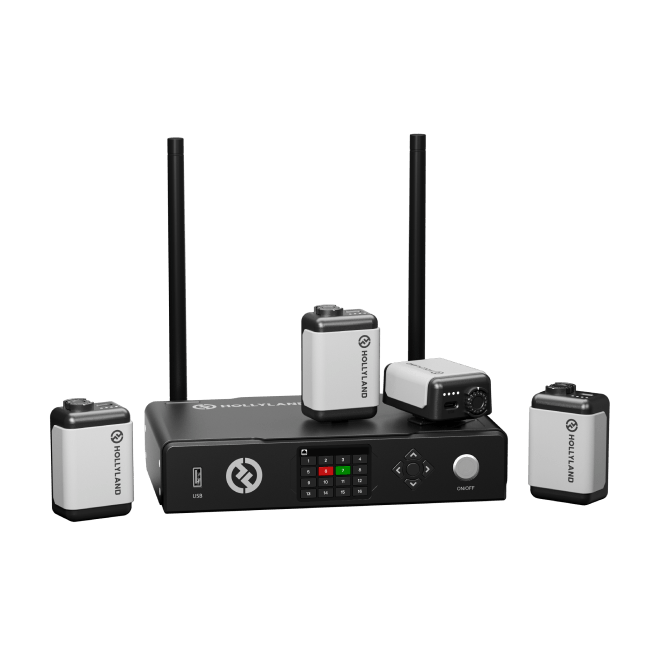
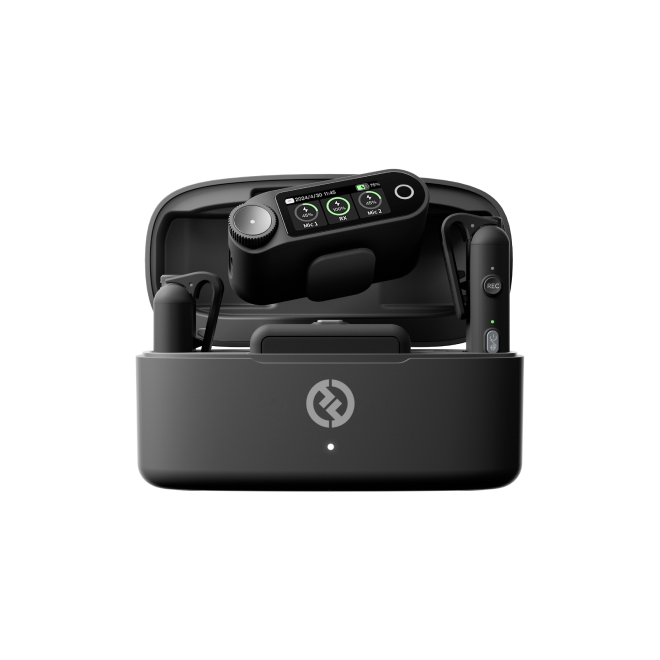
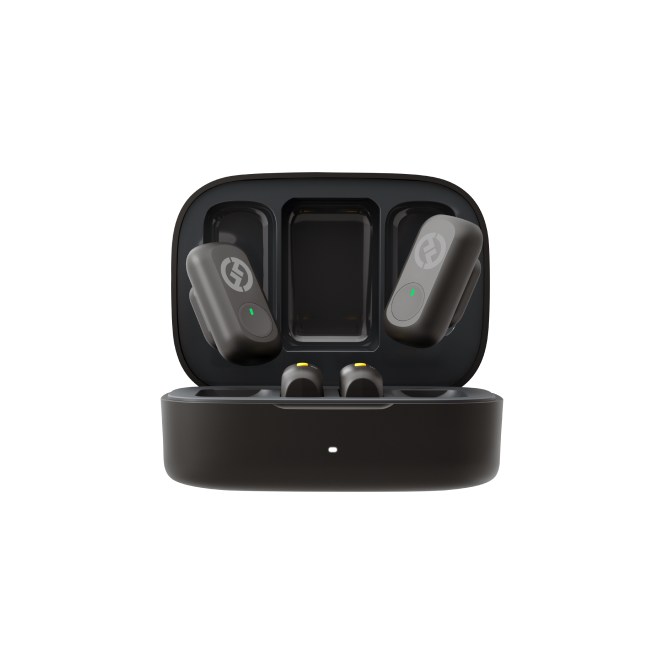

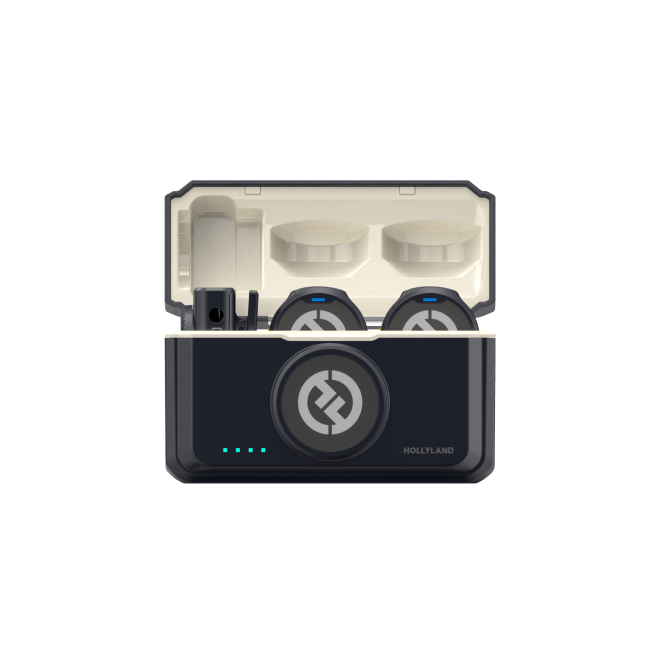
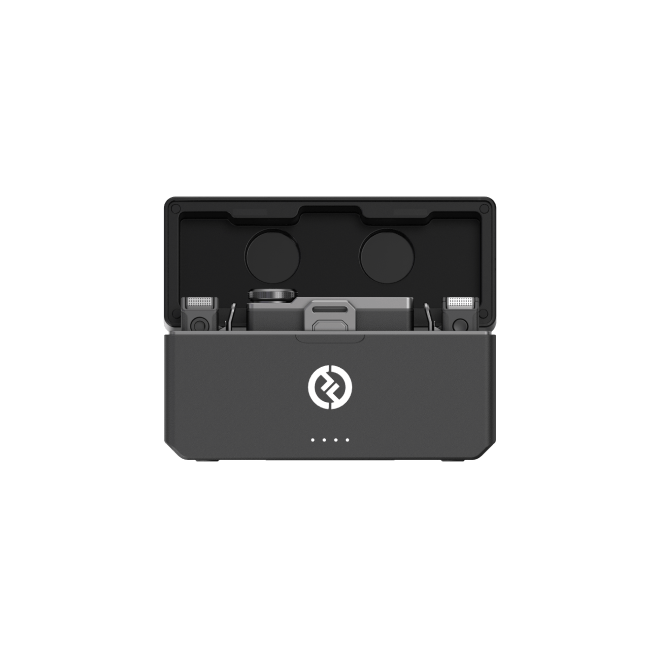
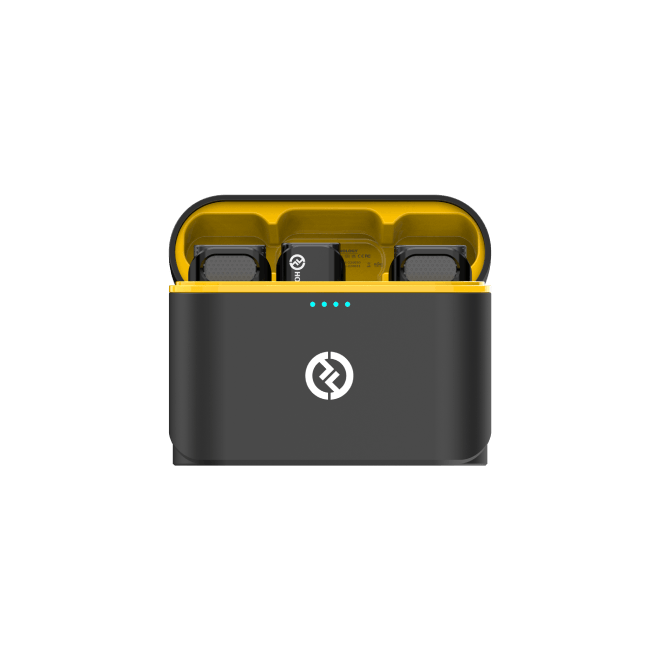
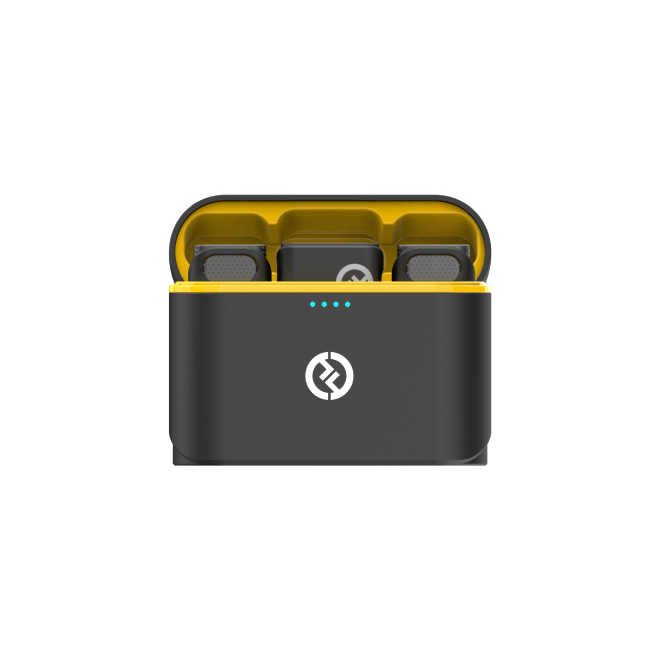
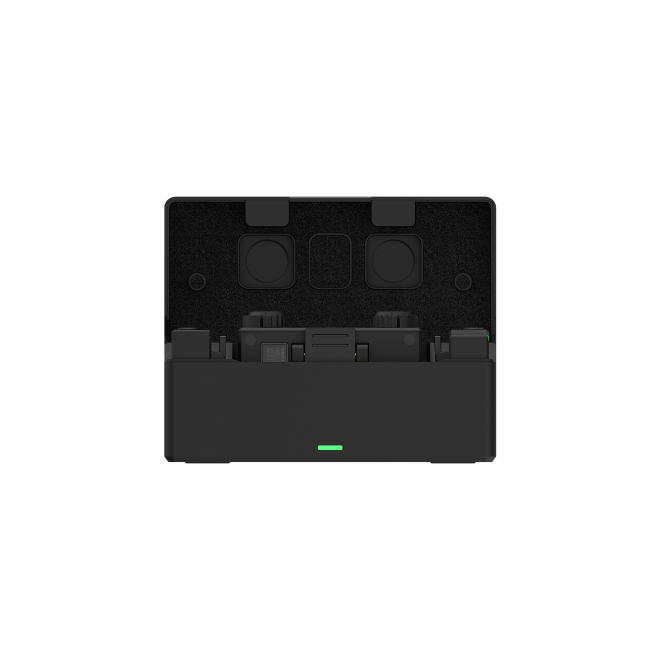

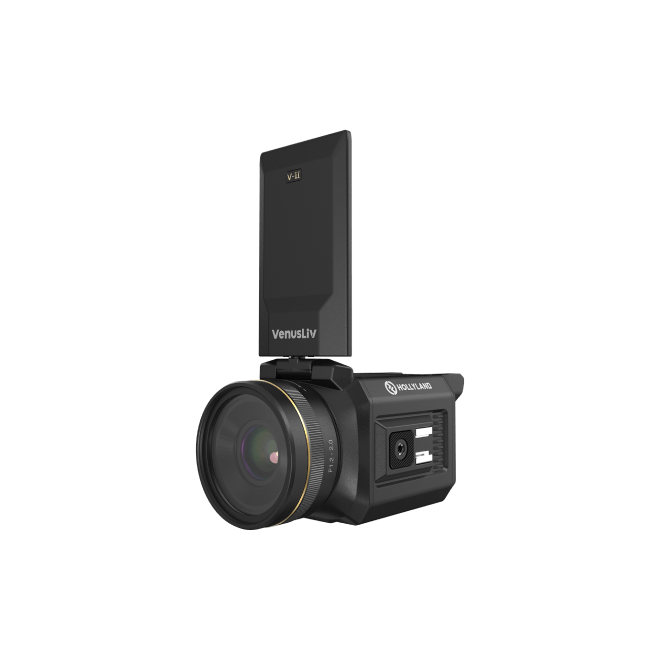
.png)

